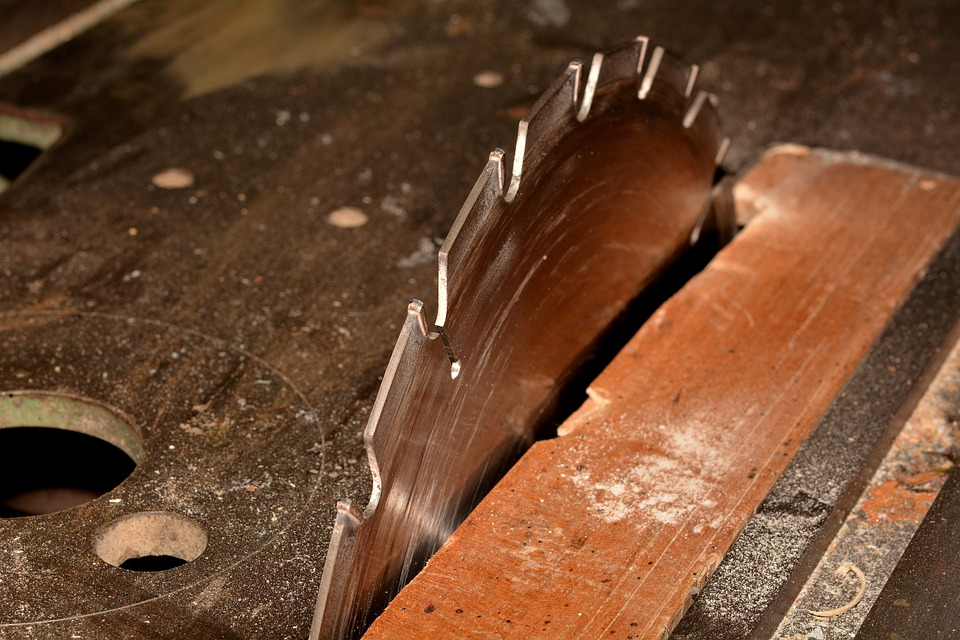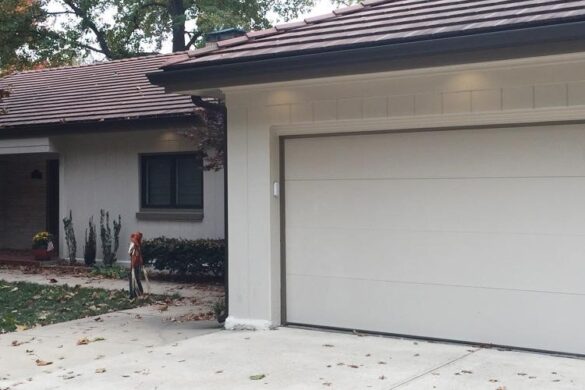 Purchasing power tools and equipment can be a very frustrating ordeal if you go into it without any prior knowledge of what to look for. Thankfully, you have come to the right place if you are one of those people. No one should jump into buying a piece of power equipment without a guide on what to look for, and especially not in the case of table saws.
Purchasing power tools and equipment can be a very frustrating ordeal if you go into it without any prior knowledge of what to look for. Thankfully, you have come to the right place if you are one of those people. No one should jump into buying a piece of power equipment without a guide on what to look for, and especially not in the case of table saws.
Table saws can be an intimidating piece of machinery to a beginner craftsman, but with the right amount of help, you can find the right one for your needs. Check out this step-by-step guide on what to look for when buying a table saw.
Types of Table Saw
Beginning with one of the basics, there are multiple types of table saws, so knowing what you need is important. Basically, it boils down to two; stationary and portable. Stationary table saws, as the name would suggest, are fixed location saws that have the stability, while portable saws are often light-weight, have wheels for movement, or feature retractable/adjustable legs for easy relocation. For the average joe working at home in his shed or garage https://sawadvisor.com/best-hybrid-table-saw/ either can be your friend, but you most likely would opt for a hybrid table saw, as they offer the most value for your money in their features. Hybrid table saws can either have enclosed legs, or be open-faced, but they function very well with their inboard belt drive motors. They are not as big as a cabinet saw, but they are not flimsy like a true portable table saw either.
Blade Types
The difference in blades seems minimal, but can greatly impact your work. The diameter difference is important to notice in blade offerings. Between 10 inches to 12 inches is the usual diameter size of a blade, which can affect other features like speed, and amount of teeth. For the home consumer, your table saw blades are more than likely going to be between 24 and 80. These blades come in a variety of materials like carbon, all the way to expensive (but durable) diamond teeth.
Motor Features
The motor of a saw is paramount to the functionality it has. The smaller a table saw is, the less power it will generate. Portable table saws usually feature direct-drive motors which output on 120v electrical circuits and can produce 2hp of strength, which is expected for cutting thin materials. This is likely what you would be looking for in a home use table saw. For stronger, more industrial table saws, the motors are belt-drive, and go up to 5hp, which is intended for cutting through much more durable materials like thin sheets of metal or stronger forms of wood.
Saw Safety Functions
Any kind of power equipment will (or should) come with some kind of safety feature to protect the user. The importance of safety when operating any power equipment is valuable knowledge, but sometimes even the most responsible craftsman is going to want an added degree of protection. Table saws come equipped with blade guards that keep your fingers away from the blade, and this is the most obvious safety feature. As table saws advance, so do the safety features. One of the increasingly valuable features is a safety sensor which detects the proximity of human skin through conduction and halts the spin of the blade if you happen to get too close with a finger or hand. It is always important to look for safety functions in a table saw, because it may end up saving a limb, or your life.
Additional Saw Features
Add ons to a table saw can enhance your overall experience, and even improve your productivity. Some of the additional features you can find for your liking include improved power switches with plastic child-proof guards, venting/tubing for dust collection to keep your workspace clean and therefore safer, and the improvement of storage to your table saw unit. One of the most common additions is the extension of the table area, for when you need that valuable space for bigger projects. These additions can help function and safety, providing you with a much better overall experience.

There you have it. This simple step-by-step guide should help you determine if you need a hybrid table saw, what blades to look for, the motor features, and even what safety or add-ons to consider when buying a table saw. The best information to have when going into buying power equipment, is more information. It can end up saving your wallet, and your health, to read up on as much as you can.








